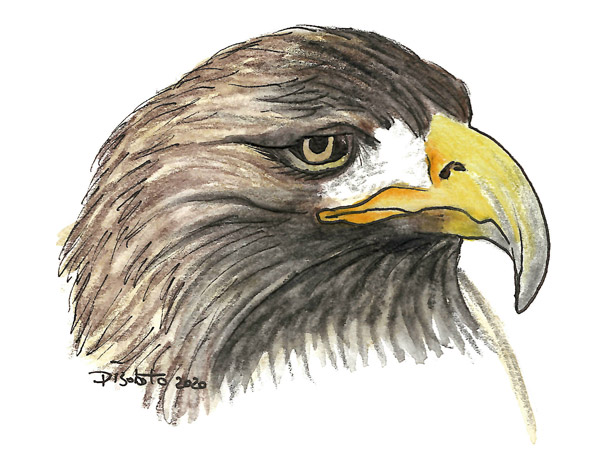What’s the beak for?
The beak of the birds can fulfil several functions: opening the seeds, to defend themselves, to capture the prey and to build the nest. Some species use it for fishing or for collecting pollen, almost all for smoothing their feathers.
Depending on the diet and the way the food is taken, the beak will have a specific shape that will help us to understand which of the following categories belongs to a bird.
Keep in mind that many species have adapted to eat more types of food, taking advantage of what each season makes available to them:
Insectivores
Feed on insects, the beak is thin and pointed, sometimes quietly long.
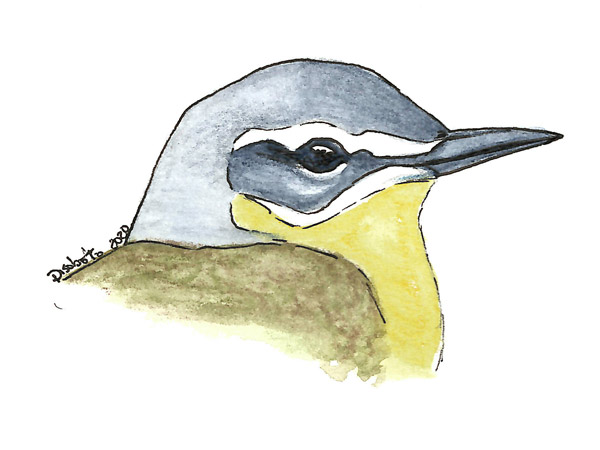
Frugivores
They feed on fruits. In some species the beak is curved or concave in order to extract the pulp of the fruits, in others it is thinner in order to feed on smaller fruits, which can be eaten whole.
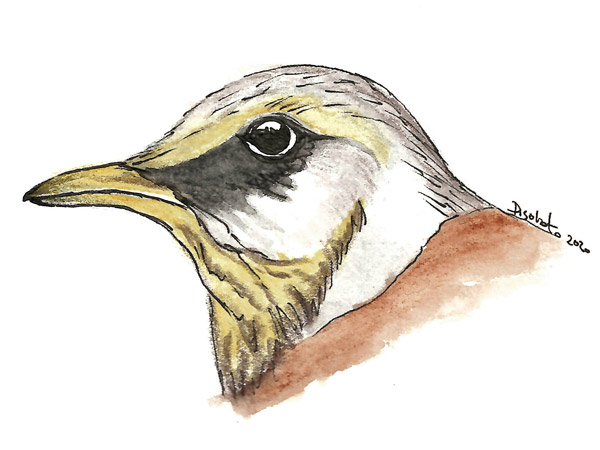
Granivores
The food is represented by the seeds, the beak is stocky and strong. Some granivores chop the seeds, others open them speckling with the beak, others shell them. The dimensions of the beaks are related with those of the seeds.
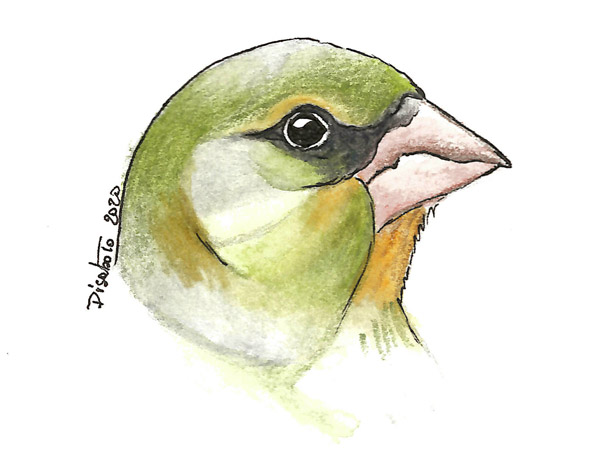
Nectarivores
They have long beaks and tongues “designed” to collect nectar. The species belonging to this group can be found in America, Africa, Asia, and Australia.
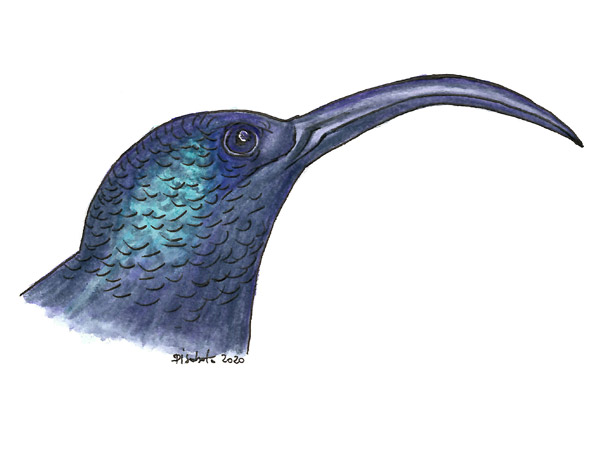
Aquatics
The beaks of the aquatic birds, are different depending on what they feed on and we can briefly divide them into:
- long and strong for those who eat fish
- long and thin for the mud-dwellings, which feed on the invertebrates found in the dregs
- broad and flat for the anatidae, which feed on the aquatic vegetation
Among the aquatic birds we also find insectivores, granivores, raptors.
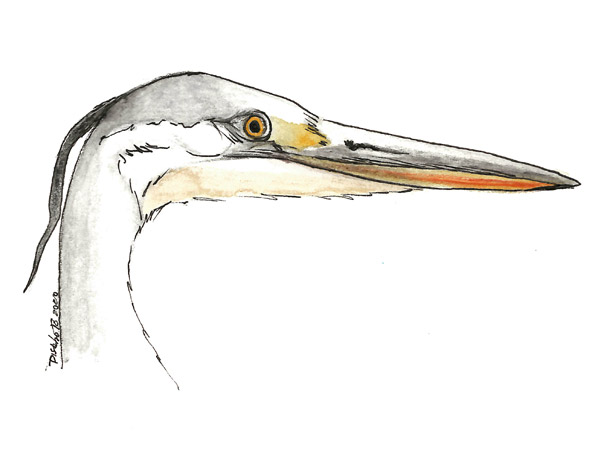
Raptors
They are predators: kill and eat mammals, reptiles, amphibians, insects, rodents and other birds. They have a distinctive hooked beak, characterized by an upper jaw strongly curved and by sharp edges, for tearing the prey and ripping up pieces of them.
